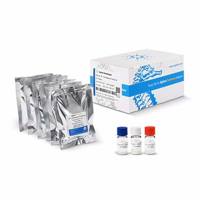In many instances, the strength of Drosophila melanogaster genetics can be used to enhance our understanding of complex vertebrate signaling systems. The general success of this approach is underscored by the large number of vertebrate signaling components whose very names derive in part from the names of Drosophila mutants. Examples include the vertebrate pathway components Sonic Hedgehog, Son of Sevenless, Lunatic Fringe, Notch , the SMAD family of transforming growth factor-β (TGF-β) signaling, and many others. Given the powerful genetics of Drosophila melanogaster (see ref. 1 ), it can be of interest to test functional equivalence of vertebrate homologs with fly genetic pathway components, or to re-create in Drosophila transgenic models for vertebrate or human gene function. If such complementation can be established, then the strength of Drosophila genetics can be brought to bear on defining additional components of the particular pathway of interest; for example, through enhancer and suppressor screens. Subsequently, one can then clone such modifier genes from Drosophila , as a springboard from which to identify their vertebrate counterparts. To establish a genetic model for a vertebrate gene function in Drosophila , there are a number of considerations with respect to expressing foreign genes in the fly, establishing whether and how the foreign proteins function, and using the transgenic lines in genetic screens.






